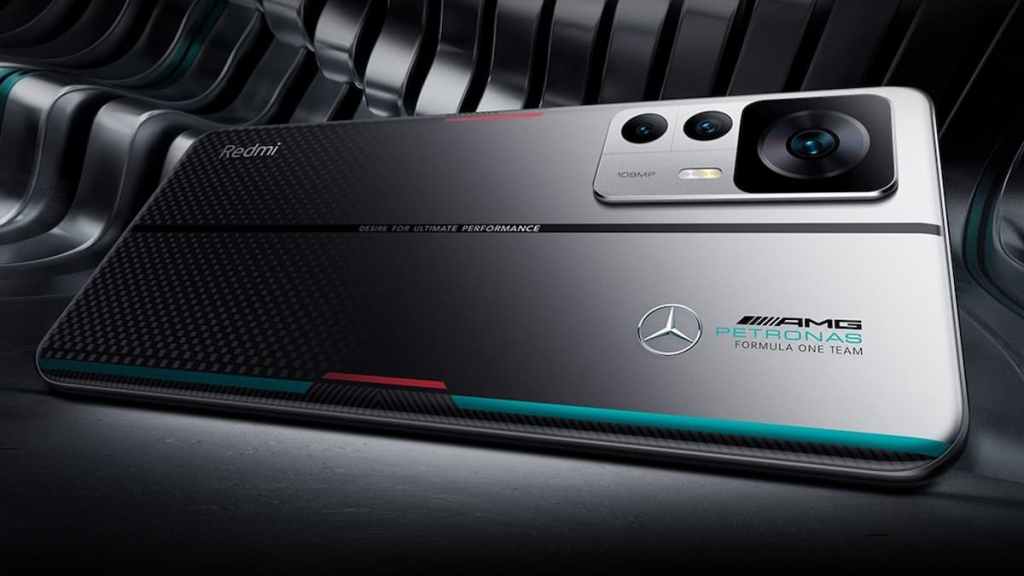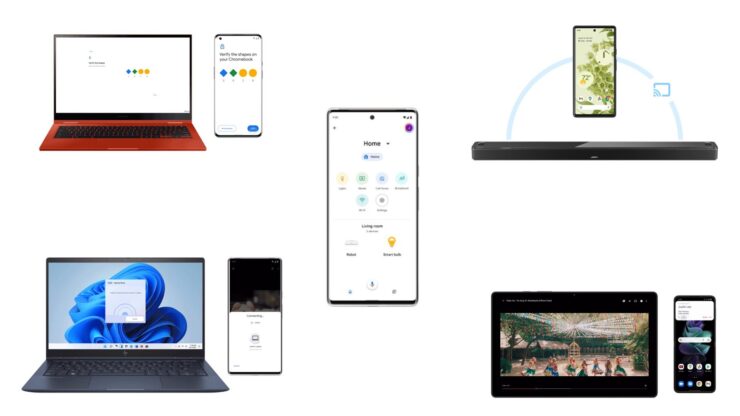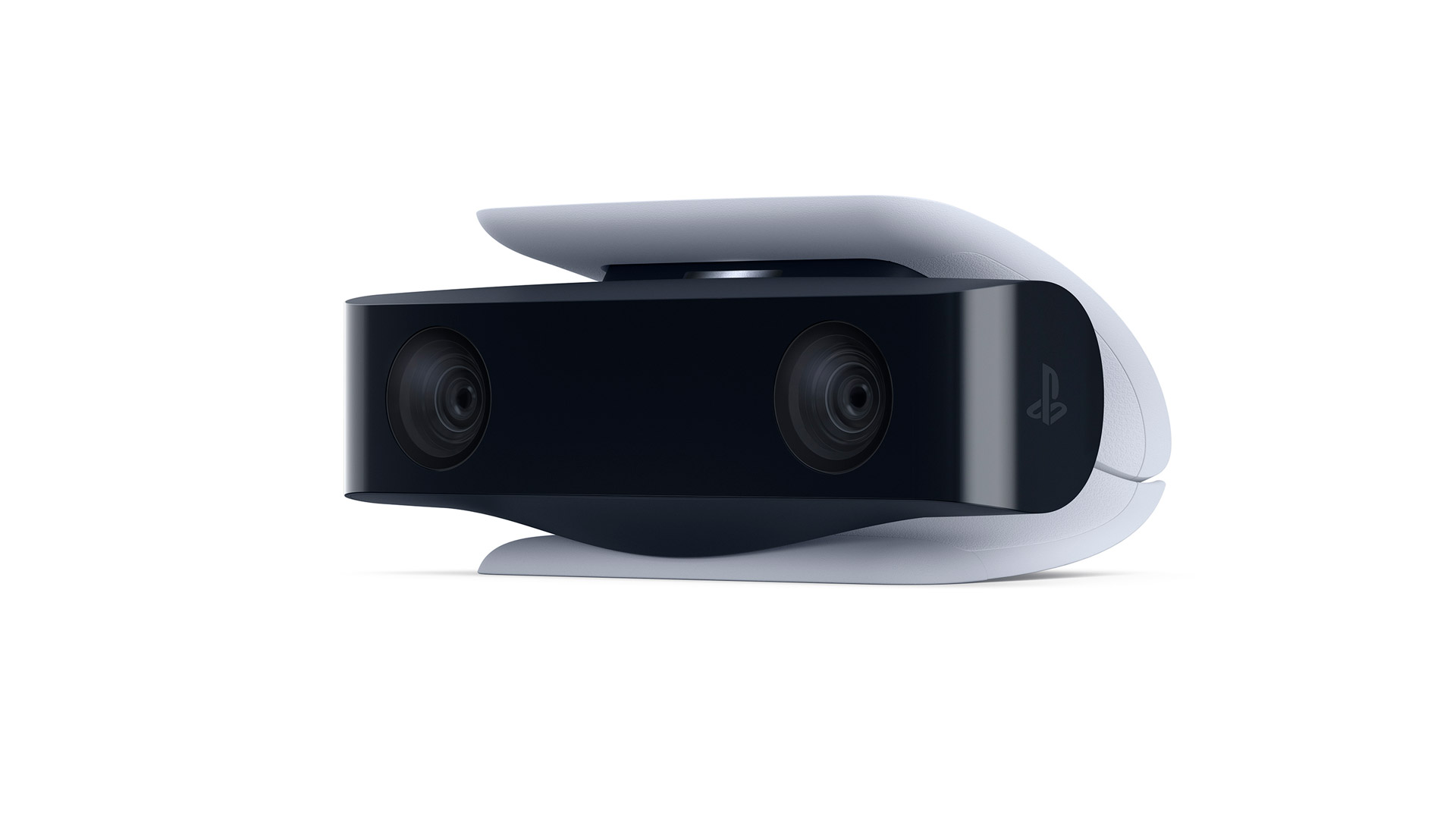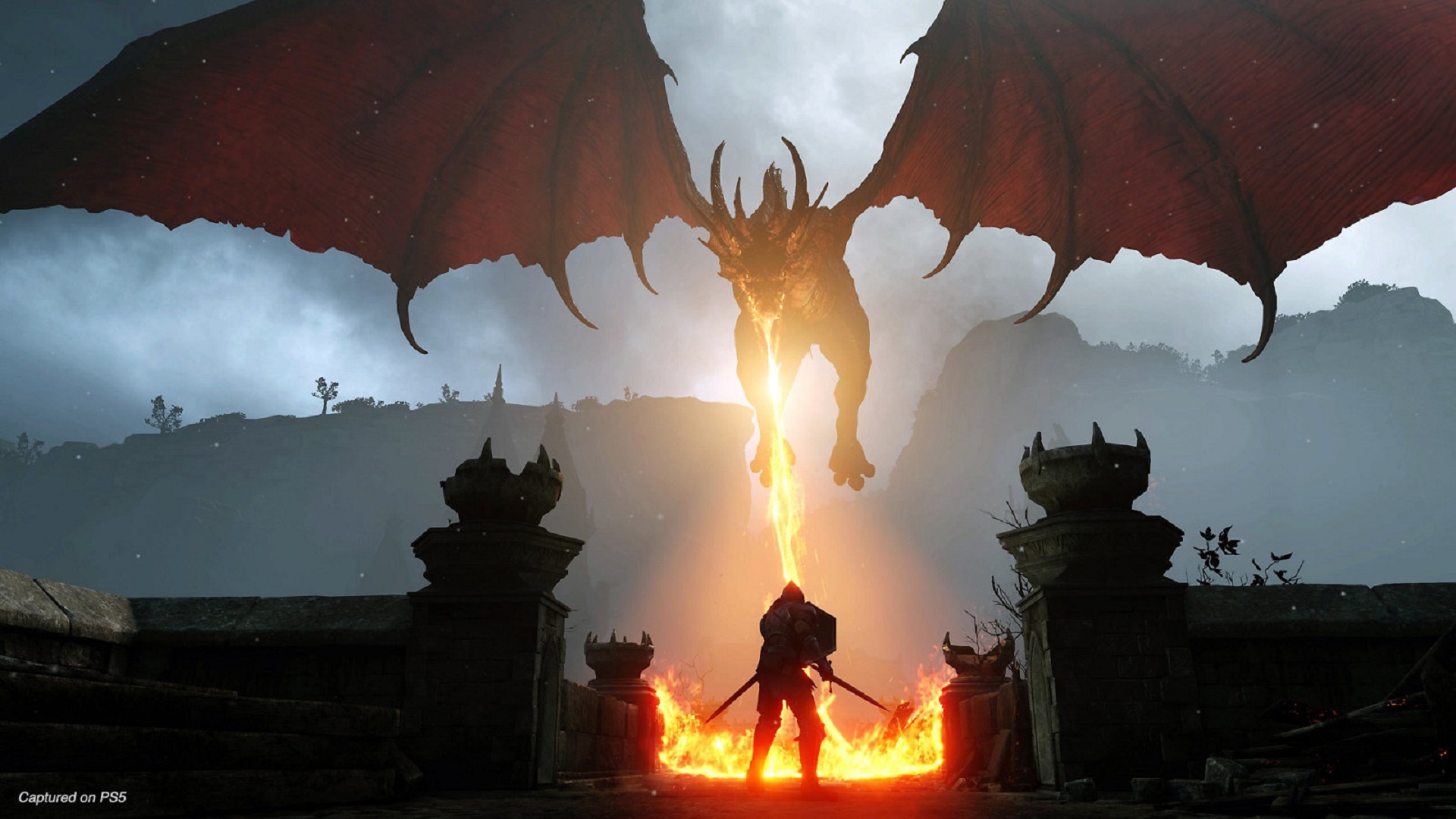You’re all done installing the best graphics card and the best gaming CPU you could get your hands on, but your PC still looks like it’ll be ridiculed on Reddit. What gives, you ask? The likelihood is you haven’t spent enough time neatening up the interior, when if you manage cables just right, your rig can stand proudly atop your desk rather than hidden away underneath it.
When the majority of cases out there are designed to show off the innards of your gaming PC, with a shiny tempered glass window, what’s the point of having RGB lighting if you’re not going to do a little caretaking? Really, you’ve no reason not to, unless you’re one of those rogues that takes no pride in a well-kept PC. It’s relatively quick, easier than you think, and there are absolutely no downsides. Not only does it look prettier, but perfect cable management will stop wires impeding the airflow of your fans, granting you lower temperatures and a quieter-running system, which can translate to better performance and give you an advantage when it comes to overclocking your CPU and GPU.
Of course, you could just cheat by packing everything behind the best gaming motherboard and jamming the side panel back on, but there are far more elegant solutions out there. Follow these six steps of cable management and your setup could look like it’s been done by a professional in no time.
If you’re just getting to grips with how to build a gaming PC, then you’re in the ideal position to think about managing cables. After all, it’s always easier to start from scratch than it is to perform the delicate operation of untangling a bird’s nest of wires that are already sitting in your system. That’s not to say pre-built systems are beyond saving, but they’re a little more work given we’d always recommend stripping it down first.
1. Modular and semi-modular power supplies
With a little elbow grease, almost any PC can scrub up to look good, but if you want something to help you manage cables, then a modular power supply comes in rather handy. Instead of letting cables that you’re never going to use spew all over your case or squish behind your motherboard, a modular power supply does away with these unwanted wires by making them detachable.
Choosing what you can plug in streamlines the process of building the best gaming PC, not only making things significantly tidier, but getting rid of the headache that comes with a pile of cables getting in your way as you piece things together.
Corsair RM1000x 1000W Modular Power Supply
$189.00
View
View
Asus ROG Strix 750W Modular Power Supply
$154.99$140.55
View
View
Seasonic Focus 650W Modular Power Supply
$119.99$112.67
View
View
EVGA SuperNOVA 650W Modular Power Supply
$129.99$103.00
View
View
Cooler Master V750 SFX 750W modular power supply
$134.99$124.99
View
View
Network N earns commission from qualifying purchases via Amazon Associates and other programs.
If the expense of modular power supplies means this isn’t an option for you, then perhaps turn your attention to the semi-modular options that are out there. As its name suggests, only some cables are detachable with these models, but the ones permanently installed are likely ones you’ll be using anyway. Naturally, if you’re looking to maximise space within a mini-ITX case, you’ll also want to consider opting for an SFX (small form factor) PSU so that you’ve got plenty of room to work with.
If you’re stuck with a non-modular power supply, you can still get a pretty decent hold of cable management – it’ll just require a bit more effort. Don’t worry if all of this sounds daunting, we can walk you through how to install a power supply, too.
2. Choose the right case
Most cases nowadays come with cable routing features, but not all are built equally. If you’re in the market for a new case, whether it’s an upgrade or a fresh build, you should always look out for:
- Size, as smaller cases tend to be more fiddly
- Spaces to feed your cables through the backplate
- A shroud for your power supply
- A cable routing bar
Bigger cases aren’t for everyone with the amount of space they take up, but they are usually packed with plenty more features made to manage cables easier, such as a power supply shroud to cover the shame of any extra cables you don’t need and a cable routing bar to keep things orderly. And, facing facts, it’s much easier to move around when you’re threading cables through the back.
That’s not to say that you can’t find similar features in a smaller chassis, but if you can’t fit a full tower or even a mid tower setup into your room, then mini-ITX models can be a little trickier, and you’ll want to use all available cutouts and rubber grommets to the best of your ability. Here’s some of the best PC cases for cable management:
Cooler Master Cosmos C700P Black Edition E-ATX Full Tower Gaming Case
$449.99
View
View
be quiet! Dark Base 700 Mid Tower Gaming Case
$179.99
View
View
Fractal Design Define 7 Mid Tower Gaming Case (Black)
$176.31
View
View
NZXT H510 ATX Mid Tower PC Gaming Case (Black)
$109.99$72.99
View
View
Network N earns commission from qualifying purchases via Amazon Associates and other programs.
Cases with good cable routing no longer cost a fortune, so there’s really no excuse to manage cables poorly anymore.
3. Arm yourself with cable ties – preferably velcro
Sometimes dealing with cables can be likened to wading through a jungle, especially if you’re running a non-modular power supply. Instead of cutting off the wires you don’t need – which we absolutely do not recommend – you can use cable ties to keep them at bay and secure them in place once you’re done.
Attmu 100Pcs Reusable Fastening Cable Ties
$9.99
View
View
Network N earns commission from qualifying purchases via Amazon Associates and other programs.
We recommend using velcro cable ties over plastic zip or twist ties because they’re less fiddly, they reduce the risk of cutting into other wires, and they’re completely reusable. And the best thing is they don’t cost too much, as you can get 100 velcro cable ties on Amazon for around $12 / £9.
4. Plan things out
If your gaming PC has already been built, your job will be made that much easier if you unplug everything to start fresh. Once you’ve got a blank canvas, you could just grab all your components and wing it, but you’ll more than likely run into issues if you don’t go in with a plan of how you want to route your cables.
As a modular power supply user, you can begin by plugging in the cables your system needs and leaving the rest in its packaging. Don’t lose these, as you might need them for a future upgrade. If you’re running a non-modular power supply, however, then you’re best isolating the unnecessary cables with your velcro cable ties, keeping them out of the way.
If your case doesn’t have cutouts, use the contours around it
Fan wires are often quite short, so it might seem like it makes sense to point them directly towards the motherboard, but this can sometimes introduce extra slack that just doesn’t look all that appealing. Conversely, placing it too far away could mean it doesn’t reach. Your best bet is to rotate each fan until the cable sits neatly around the frame with enough room to still plug into a fan header.
Remember, rotating is fine, but flipping could turn an intake fan to an exhaust fan and vice versa, which will affect your temperatures. A typical setup would have all your bottom and front fans intaking air and your back and top fans pushing it out. You can tell which way around a fan is because the air will hit the curved part of the blades first.
5. Route your cables in order
Since the cables on the best CPU cooler, your fans, and case’s front panel are dainty compared to your braided power supply cables and don’t stretch particularly far, you should connect them to the motherboard before starting the bigger project. There’s nothing worse than routing all your cables to find that one won’t reach because another is in the way.
Once you’ve plugged in any SATA cables you need and fed them through to the back of the hard drive cage, you can then turn your attention to the big box at the bottom. We recommend tackling the biggest cables first, such as your 24-pin motherboard power connector, as these can be difficult to wiggle through when the other cables are in place.
All power supply cables should be routed using the contours along the sides of the case or, preferably, through the back using the cutouts. This means you don’t obstruct fans, heatsinks, or coolers, improving the airflow and even the longevity of your gaming PC.
Make use of case-specific features like cable bars
Once all cables have been connected, do one last check to make sure everything is in order, to avoid the panic of pressing that on button with no response. Make sure you’ve definitely switched on the power supply at the rear. You shouldn’t be able to see much in the way of cables from the front, with the necessary ones disappearing behind the nearest cutout. Behind the motherboard should be just as neat, if you’ve used most of the length of each cable.
Once your PC successfully boots and everything’s working, and you don’t feel like a particular cable would be better feeding through another slot, you can tie your cables up, pop the side panels back on, and marvel at all your hard work.
6. outside your pc
Having a tidy looking PC is all good, but the back of the best gaming desk should be just as neat. After all, they say “a tidy desk is a tidy mind”. There are some pretty basic ways to hide cables, such as routing the power cable and display wires behind the stand of the best gaming monitor or investing in an under desk cable management system to keep cables off the floor.
Under Desk Cable Management Tray
$20.99
View
View
Network N earns commission from qualifying purchases via Amazon Associates and other programs.
If cables are really getting on your nerves, you could consider picking up the best wireless gaming mouse and a cordless verion of the best gaming keyboard. Those of you that are stuck with wires, however, might want to consider pairing the best gaming mouse with a bungee to avoid cable drag and neatly direct them where you want them to go.
Those of you with a busier setup that includes the best gaming microphone don’t have the luxury of going wireless – unless you opt for Antlion’s wireless Modmic, of course. In this instance, you might want to consider drilling holes in your desk so your wires disappear beneath the tabletop, but you’ll want to make sure your peripherals are definitely in their correct position before doing this.
Just like inside your PC, we’d recommend the velcro zip ties again for tidying up any excess cable, while still being able to easily detach if swapping out any of your peripherals.
GameMax 850W Modular Power Supply 80+ Gold w/ RGB
View
View
Asus ROG Strix 750W Modular Power Supply
$154.99$140.55
View
View
Seasonic Focus 650W Modular Power Supply
$119.99$112.67
View
View
EVGA SuperNOVA 650W Modular Power Supply
$129.99$103.00
View
View
Cooler Master Cosmos C700P Black Edition E-ATX Full Tower Gaming Case
$449.99
View
View
be quiet! Dark Base 700 Mid Tower Gaming Case
$179.99
View
View
Fractal Design Define 7 Mid Tower Gaming Case (Black/White)
$176.31
View
View
NZXT H510 ATX Mid Tower PC Gaming Case (Black)
$109.99$72.99
View
View
Attmu 100Pcs Reusable Fastening Cable Ties
$9.99
View
View
Under Desk Cable Management Tray
$20.99
View
View
Network N earns commission from qualifying purchases via Amazon Associates and other programs.
{“schema”:{“page”:{“content”:{“headline”:”How to manage cables – six ways to keep your gaming PC neat and tidy”,”type”:”hardware”,”category”:”gaming-hardware”},”user”:{“loginstatus”:false},”game”:{“publisher”:””,”genre”:””,”title”:”Gaming hardware”,”genres”:[]}}}}Original Article




